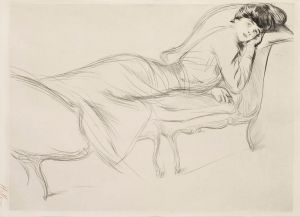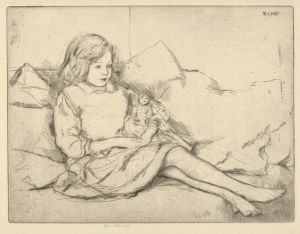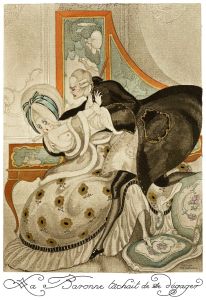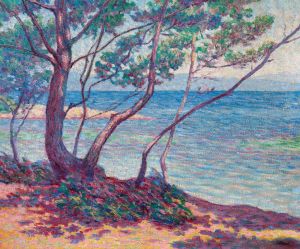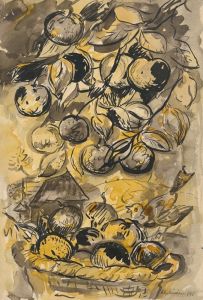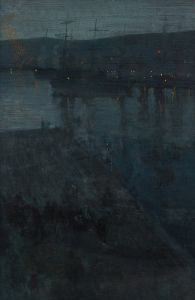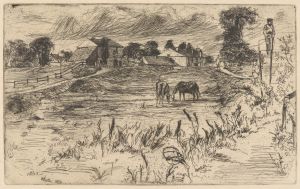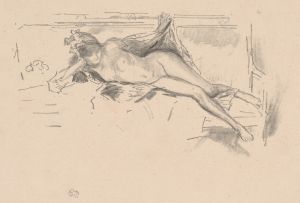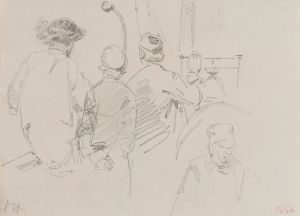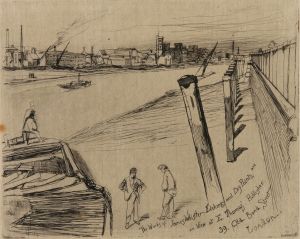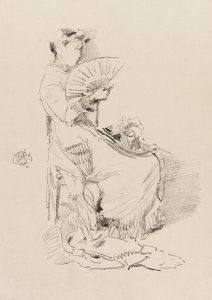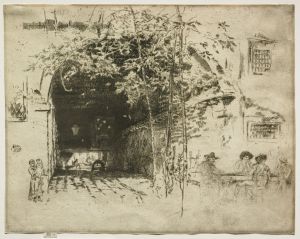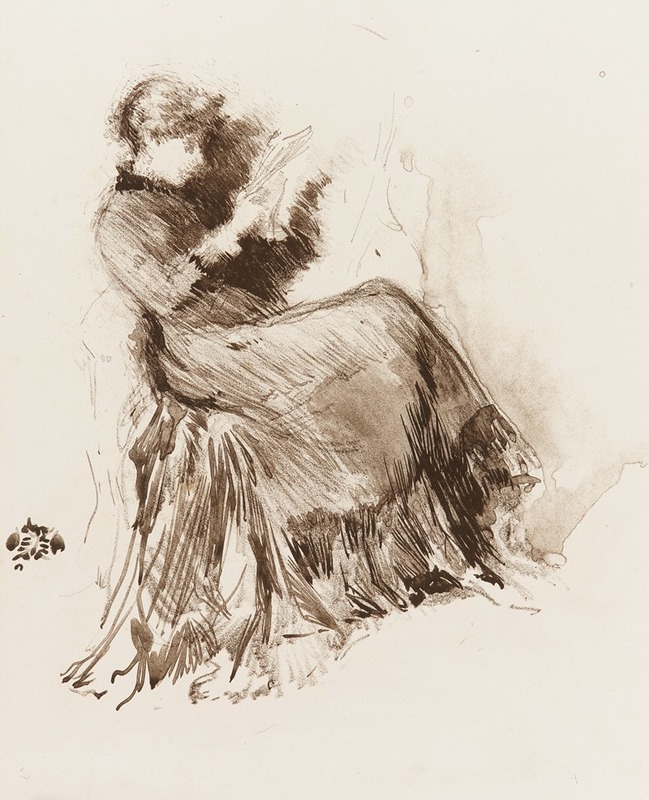
Study
A hand-painted replica of James Abbott McNeill Whistler’s masterpiece Study, meticulously crafted by professional artists to capture the true essence of the original. Each piece is created with museum-quality canvas and rare mineral pigments, carefully painted by experienced artists with delicate brushstrokes and rich, layered colors to perfectly recreate the texture of the original artwork. Unlike machine-printed reproductions, this hand-painted version brings the painting to life, infused with the artist’s emotions and skill in every stroke. Whether for personal collection or home decoration, it instantly elevates the artistic atmosphere of any space.
James Abbott McNeill Whistler (1834–1903) was an American-born artist known for his innovative contributions to 19th-century art, particularly in the realms of portraiture and tonal painting. Among his many works, Study is a lesser-documented piece attributed to Whistler. Due to the limited historical records and scholarly analysis available on this specific artwork, detailed information about its creation, context, and significance remains sparse.
Whistler's broader body of work is characterized by his emphasis on composition, mood, and the interplay of color and form. He often titled his paintings using musical terms, such as "Nocturne," "Symphony," or "Arrangement," reflecting his belief in the harmonious relationship between visual art and music. This approach suggests that even in studies or preparatory works, Whistler likely sought to explore these principles.
While Study may refer to a preparatory sketch or painting, such works were integral to Whistler's artistic process. He often created studies to refine his ideas, experiment with techniques, or capture fleeting impressions. These pieces, though sometimes considered secondary to his finished works, provide valuable insights into his methods and artistic philosophy.
Without specific documentation or analysis of Study, it is challenging to place it within Whistler's oeuvre definitively. However, his studies typically exhibit his mastery of line, subtle tonal variations, and a focus on the aesthetic arrangement of elements. They often served as exercises in capturing the essence of his subjects, whether figures, landscapes, or interiors.
Given the lack of detailed information about Study, further research or discovery of archival materials would be necessary to provide a more comprehensive understanding of this work. For now, it remains a lesser-known aspect of Whistler's artistic legacy, reflecting his dedication to exploration and refinement in his craft.





